Much has been said and speculated since the inception of drones by relating them to machines that only defence systems use. There have been ongoing efforts around the world to change this general perception of the versatile flying machines. Using UAVs (Unmanned Aerial Vehicles) for beneficial purposes such as conservation of global flora and fauna, is appreciable and does its part to shed the negative image associated with drones. Here’s taking a look at drones that can be beneficial for the ongoing wildlife conservation efforts in India.
Before reading further, we would like to clarify that, in India, flying drones in and around wildlife conservation is not allowed because they are no-fly zones. Wildlife conservation and parks are also eco-sensitive zones, drone crashes can pose threats to wildlife, besides, poaching is an ever-lurking threat because of unidentified flights. However, the Central Government can exempt any Ministry, Department, or a government-affiliated agency – at both the central and state level – from the requirements of a drone operator permit if it is in the national interest or helps to uphold the security of the country.
Nonetheless, in a very impressive move, Panna Tiger Reserve has started operating a “Drone Squad”. The Drone Squad will be responsible for detecting, locating and informing about wildlife fires, rescue and search of wildlife, avoiding the risk of potential human-animal conflict and ensuring compliance with wildlife conservation laws. In the future, the Drone Squad will be able to document biodiversity and help in eco-tourism.
Another noteworthy mention is of Maharashtra Forest Department, who have started using drones for one of the biggest threats to wildlife- poaching. Additionally, the department has been using drones for close-watch on tree felling, encroachment and illegal country liquor production. The Economic Times reported, “1,500 litres of illegally produced alcohol in barrels and tin containers have been destroyed along 25 encroachments at Yeoor during lockdown.”
The Indian peninsula is a biodiversity hotbed and is home to a plethora of diverse flora and fauna. India has more than 566 wildlife sanctuaries, 104 national parks and 18 bio-reserves. 10 of the 18 bio-reserves are part of the UNESCO World Network of Biosphere Reserves. Spread across the Indian subcontinent are 4 of the world’s 36 biodiversity hotspots in the Western Ghats, Eastern Himalayas, Indo-Burma and SundaLand. Marine life also thrives in the Arabian Sea, the Bay of Bengal and the Indian Ocean. The diversity of wildlife on offer in India is mesmerizing to say the least but it is in dire need of conservation.
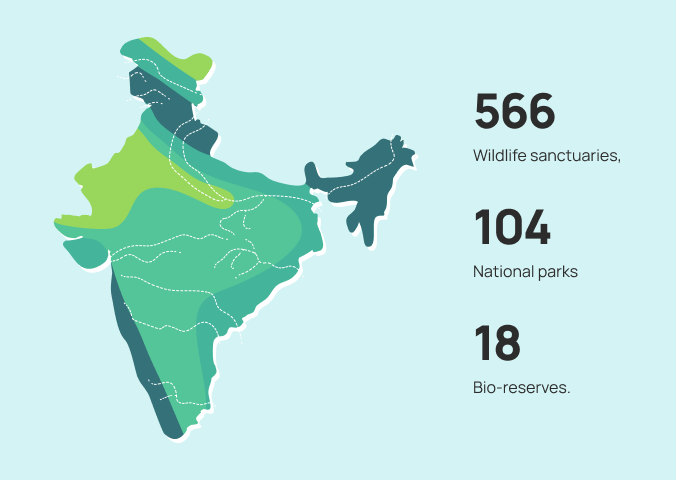
Mass deforestation and rapid urbanization coupled with poor planning and a lack of foresight has greatly harmed Indian biodiversity. As much as 33% of Indian flora is endemic but due to unrestrained human activities over the years much of the endemic species are on the verge of extinction. Indian fauna cuts an even sorrier picture with much of its prized species either extinct or endangered. The auroch or urus, a large wild bull, has long been extinct while the white rumped Indian vulture, one of the few remaining species of old world vultures, is critically endangered according to the International Union for the Conservation of Nature and Natural Resources.
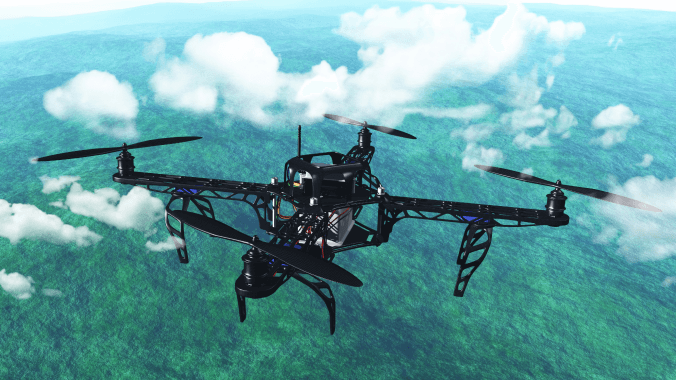
Timely action can only be taken with proper planning and to plan properly one must have access to relevant data. The current methods of wildlife data collection are labor intensive, cost inefficient, time consuming and error prone, not to mention the risk they pose to people on the field.
Unmanned Aerial Vehicles (UAVs), better known as drones, are emerging as the perfect sidekicks for scientists and conservationists to fight increasing disintegration of biodiversity around the world. These multi rotor flying machines can be remotely controlled via a laptop or even the satellite and are the perfect ride for advanced cameras and sensors. They may even be pre programmed not only to take off and land at the same position but also to follow a preset flight path.
With a UAV, conservationists can record useful data, capture aerial images and map vast grasslands to give scientists and researchers a better understanding of the topography. Using drones is both cheaper and faster than any existing method. The data collected using sophisticated technology is accurate and more reliable than prevalent methods. Furthermore, remotely controlled flying machines can reach remote areas to collect data or images and they are quite versatile fliers adept at avoiding obstacles in their flight path. Collecting data on wildlife is risky and challenging for a human which is negated by the use of remote controlled vehicles.
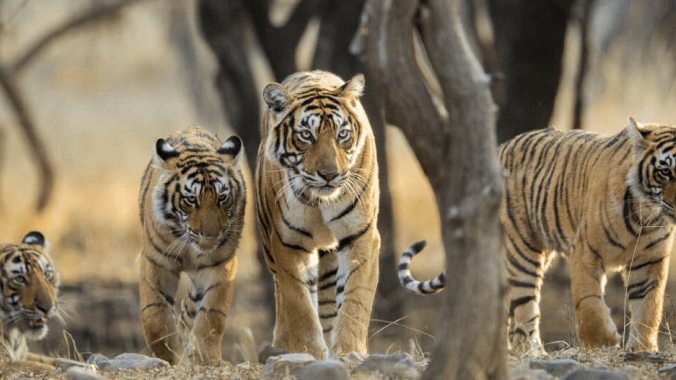
One of the major problems that conservationists face is the lack of reliable wildlife data including population count. Existing methods of population monitoring are not always accurate especially in hard to reach areas such as high cliffs, dense rain forests or underwater. Technological advancement has enabled unmanned aerial machines to hover around high cliffs or fly into dense forest and transmit decisive statistics to a remote control room. Unmanned submersible vehicles are drones that are capable of diving underwater to gather data on marine life. India shelters around 70% of the world’s tiger population and even though the Bengal tiger is India’s national animal they are listed as endangered in the IUCN Red List. Drones can be used to keep a track on India’s dwindling tiger population.
During Global Tiger Day 2019, the Prime Minister of India, Narendra Modi, declared to the world fulfilment of India’s resolve as it had doubled its tiger numbers in the last four years, India’s tiger population now stands at 2967 which is 70 percent of the global tiger population. The Asiatic lion and the Asiatic elephant are two other endangered species whose population needs monitoring. Tracking the right data helps in proper management and allow the authorities to take well planned precautionary steps.
Drones can also be used by wildlife officials to keep a check on wild animals which stray into human territory. In many rural areas of India, humans and wild animals live side by side and frequently cross each other’s path sometimes leading to conflicts. Elephants are often known to wander into a village and attack humans. Leopards and tigers are infamous for killing livestock especially in the Sundarbans. Some tigers even become man eaters due to loss of habitat or injury. UAVs can fly over dense forest yet track down a rogue animal using thermal imaging and artificial intelligence. Drone surveillance is a viable way to reduce the conflict between man and wildlife.
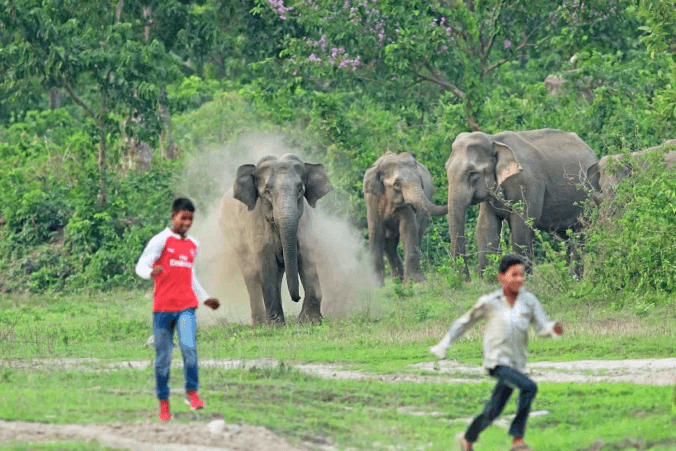
Apart from data collection and mapping, quadcopters (drones with four rotors) can be used to keep a vigilant eye over wildlife sanctuaries and national parks. Poaching and illegal hunting are rampant in India. The demand for ivory, found in the tusks of elephants, is quite high in black markets around the world and illegal poaching has led to the gradual decline in the number of Asiatic elephants in India. Rhino horns are also sought after for their purported medicinal values. Drone surveillance is an effective way to deal with poaching.
Thermal imaging drones can read heat signatures and detect forest fires in the early stages. Timely detection of a wildfire can prevent it from spreading. Swarms of drones fitted with sprinklers and carrying water can also help to fight forest fires. Apart from keeping an eye out UAVs can also track down any ill or injured animal or bird in parks and sanctuaries which will help authorities to attend to the situation quickly. Law enforcement, search and rescue efforts are just some of the many things drones are capable of if judiciously used.
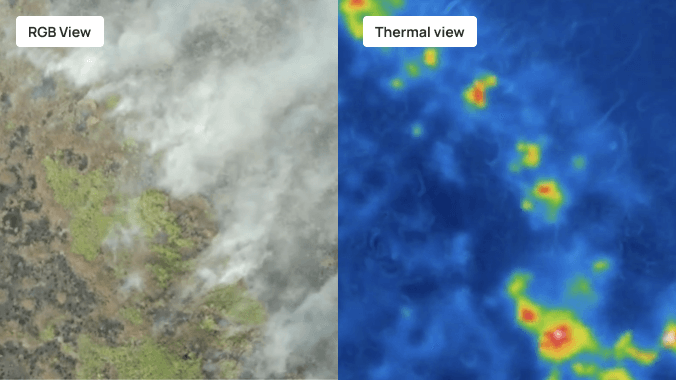
With all the benefits that drones provide, there are a few drawbacks too. There are a few studies that reveal behavioral changes and increased stress in animals, due to the visuals or sounds of drones. Furthermore, sometimes this stress can disrupt their reproductive process. Additionally, one of the major concerns is raptors, birds which prey, like eagles and owls. When the raptors spot drones, they attack the equipment and in the process, injure their wings and beaks. There are several incidents where other animals too have attacked drones. Unfortunately, there’s still no indicator that can help us understand how much these flights are affecting wildlife. On the brighter side, professionals working with organisations that explore and protect the planet like National Geographic, use higher-end technologies and equipment that are less harmful and invasive. This implies that they have experienced individuals who can camouflage with the wild, without their presence affecting the animals.
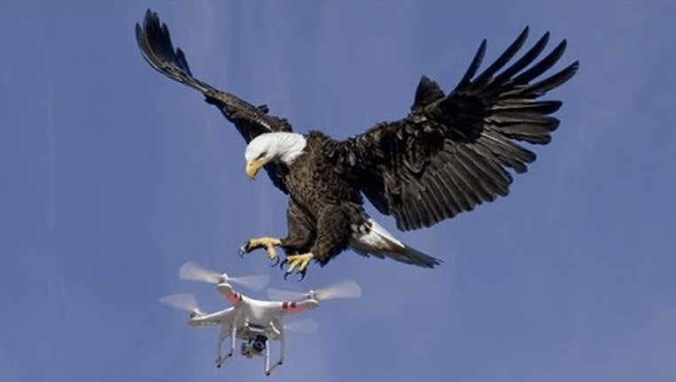
Commercial and civilian drones have now become legal in Indian skies. However, national parks and sanctuaries still come under no-fly for hobbyists and other commercial fliers. We understand that a lot of wildlife enthusiasts would love to fly drones to capture photos and videos, however, all the rules are for the safety and protection of flora and fauna. A lot of drone startups have come up in India in recent years and many of them offer their services for wildlife protection. Besides, even the government of India along with the forest departments of several states are taking commendable steps for the conservation of wildlife. If the initiatives continue with such steady strides, then creating a safe environment for wildlife isn’t very far away, is it?